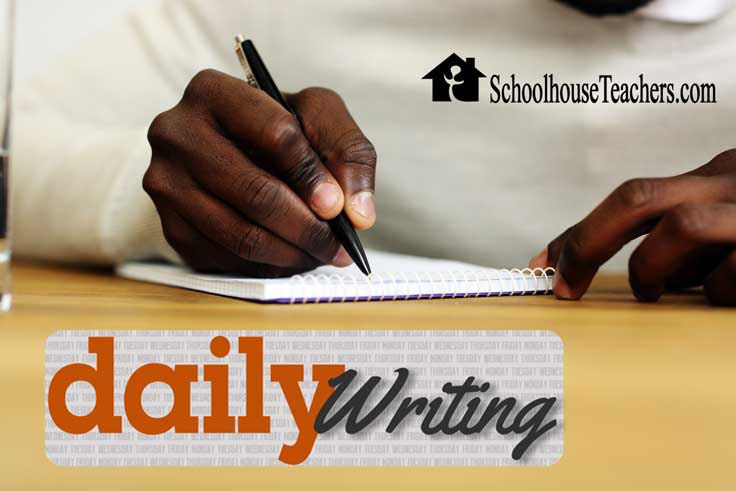Has your sports team ever lost a game? And did you write about it in a poem?
You didn’t?
Well, Ernest Thayer did in the now-famous poem “Casey at the Bat.” You can read the history of the poem and the poem itself here.
October 2 is National Poetry Day, and recently the theme was “Remembering,” in which amateur and famous poets write to remember a special moment or a meaningful time in their lives.
Read More






















